Halloween Around the World
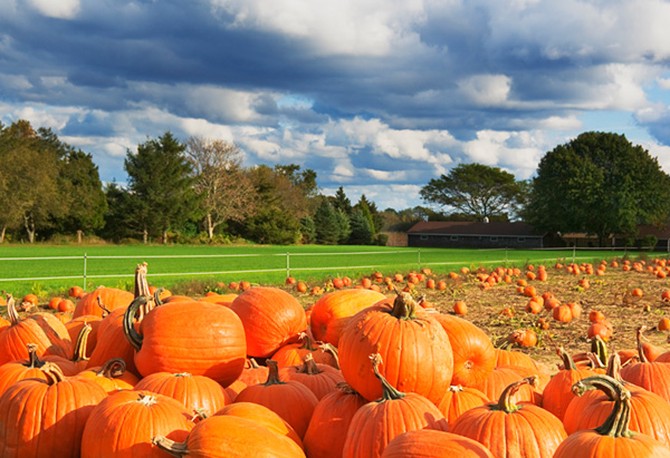
Halloween is just around the corner, which means ghouls, ghosts, witches and goblins will be wandering the streets in search of tasty treats. But Halloween wasn't always about finding the latest greatest costume or collecting bags full of candy.
Originally, Halloween was know as Samhain, which was created by the Celts. They believed that during this day the dead returned as ghosts and that the mere presence of these ghosts aided their priests in predicting the future. The Celts would set bonfires, make sacrifices of food and animals to appease their Gods and wear costumes to celebrate the day. Combined with influences from other cultures, Samhain has become the Halloween celebration that Americans know today.
Originally, Halloween was know as Samhain, which was created by the Celts. They believed that during this day the dead returned as ghosts and that the mere presence of these ghosts aided their priests in predicting the future. The Celts would set bonfires, make sacrifices of food and animals to appease their Gods and wear costumes to celebrate the day. Combined with influences from other cultures, Samhain has become the Halloween celebration that Americans know today.
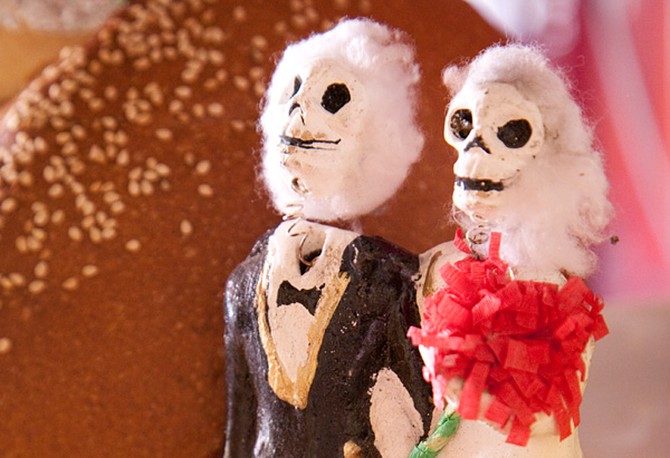
In Mexico, they celebrate El Dia de Los Muertos or "Day of the Dead". El Dia de Los Muertos starts the evening of October 31 and ends on November 2, which is All Souls Day.
The tradition of the lively event is to celebrate the belief that your deceased relatives come home. In their honor, relatives prepare altars with flowers, the deceased's favorite foods and candles to help guide them home.
The tradition of the lively event is to celebrate the belief that your deceased relatives come home. In their honor, relatives prepare altars with flowers, the deceased's favorite foods and candles to help guide them home.
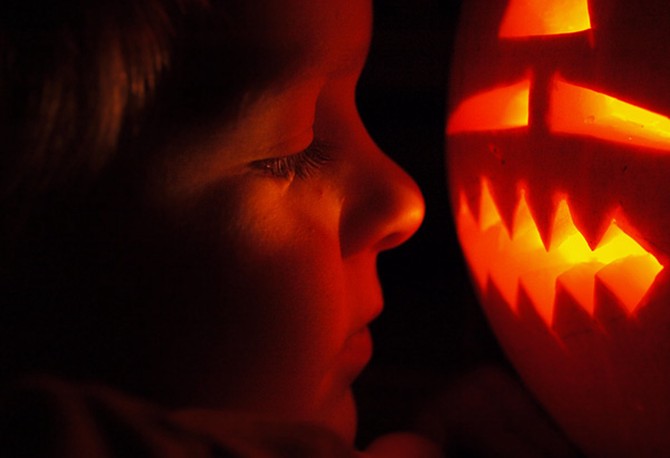
Hailed as the birthplace of Halloween, Ireland's celebration is more of the Americanized version these days, but it does have a few unique twists. During parties to celebrate the occasion, a game called "snap-apple" is played. An apple is tied to a string and hung from a doorway or a tree branch. A person with her hands tied behind her back then attempts to bite the apple. Also on Halloween, the Irish eat a treat called a barmbrack—a cake that contains items believed to predict the eater's future. Finding a ring means the person will be wed soon, and a piece of string means that person will have a prosperous year.
Interestingly, it is said that the creation of jack-o'-lanterns also originated in Ireland. In an ancient story, a man called "Stingy Jack" is not allowed into heaven because of the way he lived. He also isn't allowed into hell because he played tricks on the devil. It is rumored that the devil gives Jack an ember out of sympathy so that he could roam the world between good and evil. Jack placed the ember into a hollowed out turnip so that he could find his way.
Interestingly, it is said that the creation of jack-o'-lanterns also originated in Ireland. In an ancient story, a man called "Stingy Jack" is not allowed into heaven because of the way he lived. He also isn't allowed into hell because he played tricks on the devil. It is rumored that the devil gives Jack an ember out of sympathy so that he could roam the world between good and evil. Jack placed the ember into a hollowed out turnip so that he could find his way.
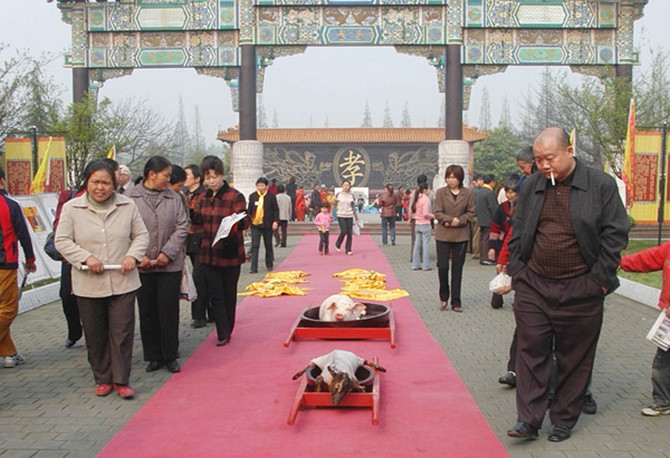
In China, the national holiday of Qingming, or "Tomb-Sweeping Day," is observed. On April 5 of nonleap years, Qingming is honored as a day for the Chinese to remember their deceased ancestors. They honor them by visiting and cleaning their graves and leaving offerings of food, drink or gifts.
Qingming is a national holiday in China, and it is believed to be unlucky for a business to be open. People celebrate the day by taking trips, singing and dancing. It is also a time when the courting process begins among couples.
Qingming is a national holiday in China, and it is believed to be unlucky for a business to be open. People celebrate the day by taking trips, singing and dancing. It is also a time when the courting process begins among couples.
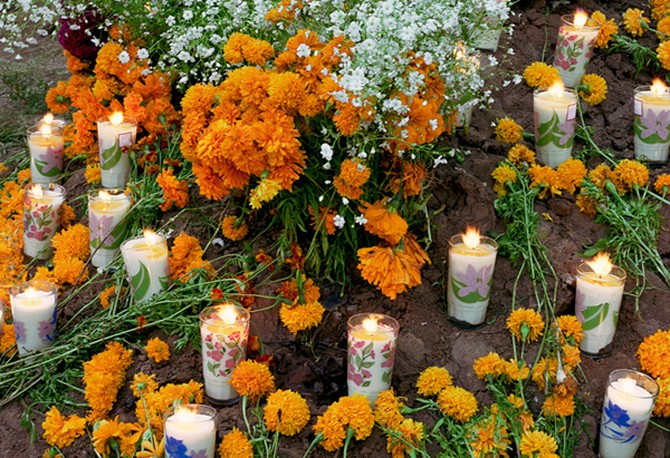
There are a lot of ways people think about Halloween in the world. In Great Britain, black cats are a symbol of good luck. The Scottish believe that a strange black cat's arrival to the home signifies prosperity. Furthermore, it is believed that a lady who owns a black cat will have many suitors. Yet in Belgium, if a black cat crosses your path, you are bound to have bad luck.
In Czechoslovakia, a chair for each living family member and for each family member's spirit are placed by the fireside on Halloween night. In Germany, people put away their knives on Halloween night lest they risk harm to returning spirits.
In Sweden, Halloween is known as Alla Helgons Dag or All Saints Day. A national holiday in historically Catholic countries, All Saints Day it is today a largely secular celebration where people from Spain to Austria, Lithuania to Poland bring flowers, light candles and visit the graves of deceased relatives.
However you celebrate Halloween in your country—trick-or-treating, wearing costumes, honoring the dead, carving jack-o'-lanterns, bobbing for apples, telling ghost stories or other fun and frightening activities—one thing is sure: When it's over, you will already be looking forward to next year.
In Czechoslovakia, a chair for each living family member and for each family member's spirit are placed by the fireside on Halloween night. In Germany, people put away their knives on Halloween night lest they risk harm to returning spirits.
In Sweden, Halloween is known as Alla Helgons Dag or All Saints Day. A national holiday in historically Catholic countries, All Saints Day it is today a largely secular celebration where people from Spain to Austria, Lithuania to Poland bring flowers, light candles and visit the graves of deceased relatives.
However you celebrate Halloween in your country—trick-or-treating, wearing costumes, honoring the dead, carving jack-o'-lanterns, bobbing for apples, telling ghost stories or other fun and frightening activities—one thing is sure: When it's over, you will already be looking forward to next year.
Published 10/01/2010

